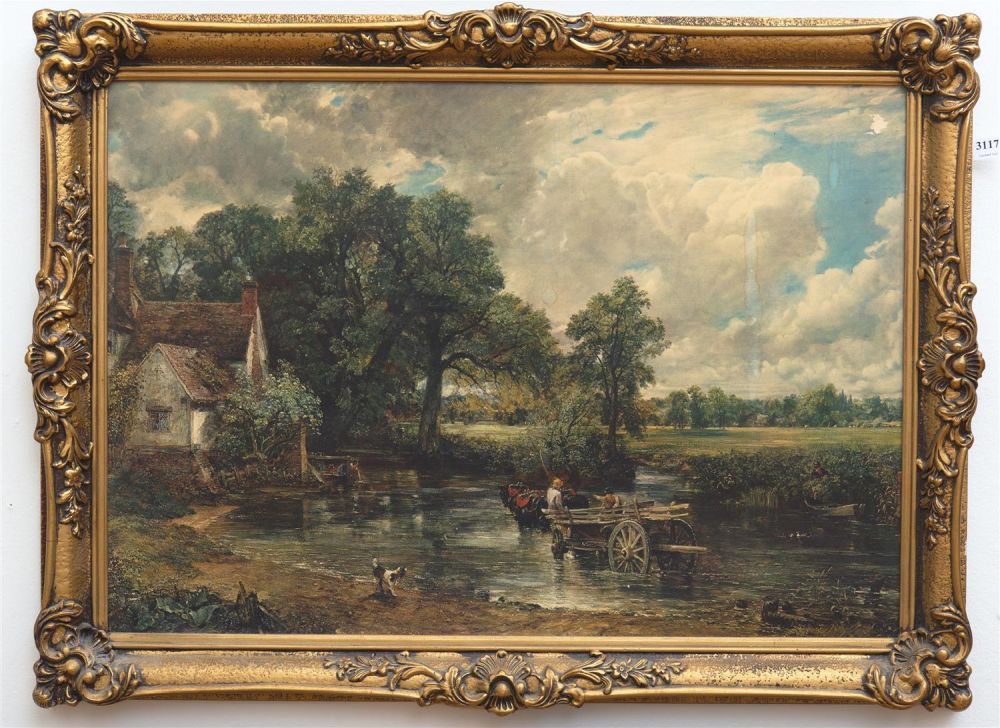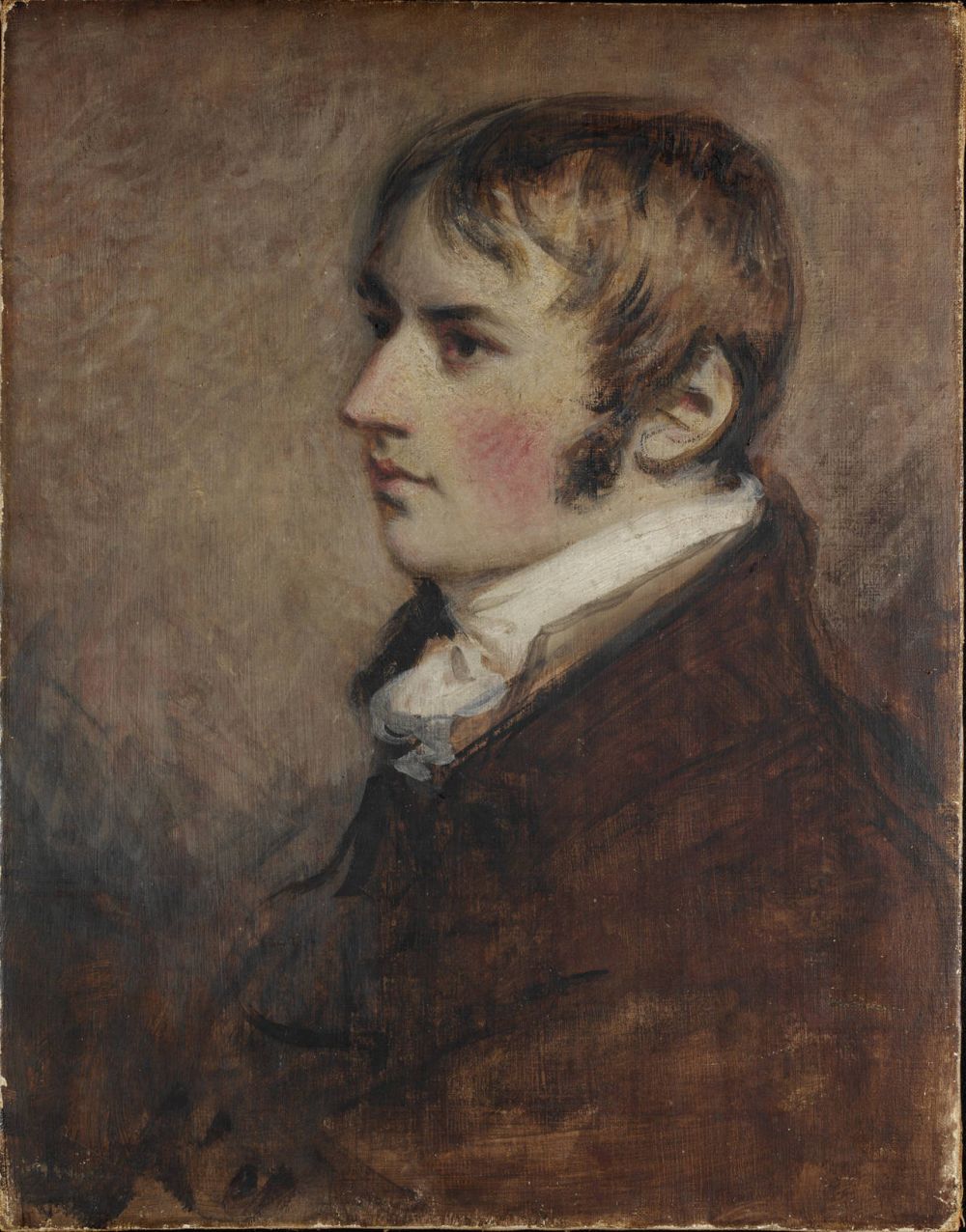John Constable’s iconic Hay Wain depicts a peaceful rural scene, but a darker reality lurks beneath its idyllic surface. While celebrated, the painting masks the harsh realities of working-class life and the rapid industrialization transforming England at the time. Unlike his contemporary Turner, Constable prioritizes a nostalgic view, reflecting his sentimental attachment to the land.

Despite being conceived as a work painted outdoors, The Hay Wain is a meticulously crafted masterpiece. Composed from sketches gathered over nearly two decades, the scene itself is not a perfect reflection of rural Suffolk. Even the hay wain might be based on a cart Constable saw near his London home, highlighting the constructed nature of the idyllic scene.

Constable’s dedication to capturing the essence of nature shines through in his detailed cloud formations and meticulous observations of light. However, The Hay Wain shouldn’t be viewed solely as a historical document. It’s an “evocation,” shaped by Constable’s perspective and artistic vision. Despite its historical inaccuracies, The Hay Wain’s enduring legacy is undeniable. It continues to spark conversation and inspire viewers to consider the stories landscapes can tell, even if embellished.

